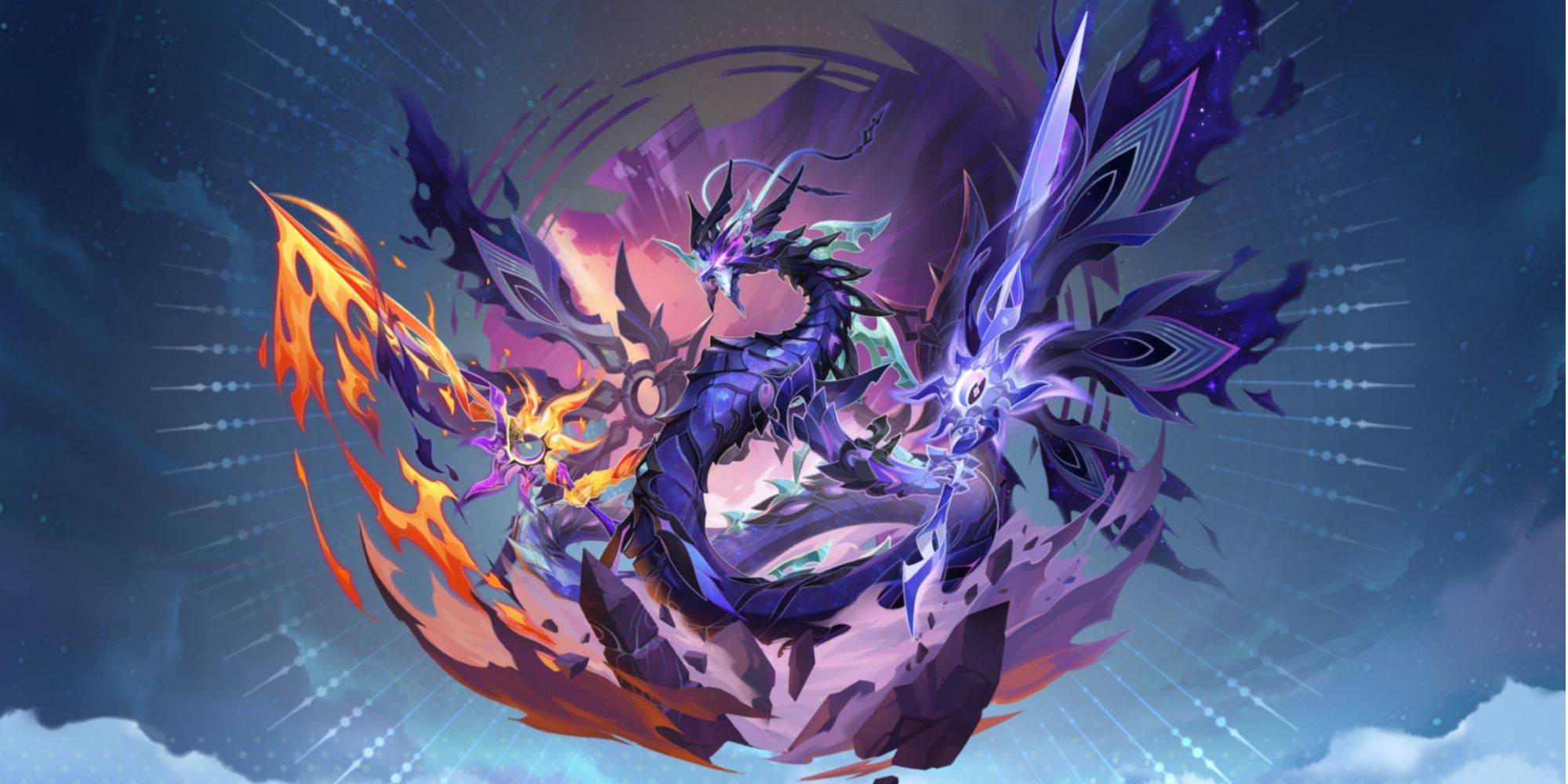Ubisoft has reignited the Animus, this time transporting players to Japan’s Sengoku Period. *Assassin’s Creed Shadows* introduces a cast of historical figures from 1579, including Fujibayashi Nagato, Akechi Mitsuhide, and Yasuke — the legendary African samurai who served under Oda Nobunaga. As with past entries in the series, these characters are interwoven into a rich narrative that blends documented history with imaginative fiction, telling a story filled with vengeance, betrayal, and bloodshed — yes, even one where Yasuke had to eliminate entire squads just to afford a gold-tier weapon.
Let’s not forget: *Assassin’s Creed* is rooted in historical fiction. Its signature approach involves exploring gaps in history to craft sprawling sci-fi conspiracy tales involving secret societies and ancient powers tied to a pre-human civilization. While Ubisoft's open worlds are often meticulously researched and historically inspired, they are far from accurate retellings. Developers have altered countless historical facts to suit gameplay and narrative needs.
There are far too many “historical liberties” to list in full, but here are ten standout moments where *Assassin’s Creed* dramatically reshaped the past for its own storytelling purposes.
The Assassins vs Templars War

Let’s start with the most iconic rivalry in the franchise: the centuries-long war between the Assassins and the Templars. Spoiler alert — it never actually happened. The conflict is entirely fictional, loosely inspired by conspiracy theories surrounding the real-world Knights Templar.
The Order of Assassins was founded in 1090 AD, while the Knights Templar were established in 1118. Both orders were disbanded by 1312, meaning their timelines only partially overlapped. There is zero historical evidence suggesting any ideological opposition or direct conflict between them. In fact, both groups were active participants in the Crusades, occasionally even operating on the same side of the battlefield. The idea of an ongoing secret war is pure creative invention — though admittedly, it makes for a compelling game narrative.
The Borgias and Their Superpowered Pope

In *Assassin’s Creed 2* and *Brotherhood*, Ezio Auditore finds himself locked in a deadly struggle against the Borgia family. At the heart of this conflict is Cardinal Rodrigo Borgia, portrayed as the Grand Master of the Templars. His ascension to the papacy as Alexander VI sets the stage for a dramatic showdown beneath the Vatican — a thrilling sequence, but one that exists solely in the realm of fiction.
The Templar Order had already been disbanded by the late 1400s, so the notion of a Borgia-led Templar resurgence wielding ancient artifacts like the Apple of Eden is purely fantastical. That said, the Borgia family did have a notorious reputation in real life. However, Ubisoft leaned heavily into rumors and dramatized portrayals rather than historical consensus. Cesare Borgia, for example, is painted as a twisted, incestuous psychopath, despite some historical accounts — including those of Machiavelli — portraying him more favorably as a skilled and effective leader.
Machiavelli, Enemy of the Borgias

In *Assassin’s Creed 2* and *Brotherhood*, Niccolò Machiavelli is depicted as a key ally of Ezio, serving as his mentor and leading the Italian Assassin Bureau. But historically, this portrayal doesn’t quite hold up. Machiavelli’s political philosophy emphasized strong central authority — something that directly contradicts the Assassins’ creed of freedom and resistance to control.
Moreover, Machiavelli wasn’t exactly anti-Borgia. He studied Cesare Borgia closely and even praised him as a model ruler in *The Prince*. This puts him at odds with the game’s version of events, where he actively opposes the Borgia family alongside the Assassins. It’s a compelling twist, but one that strays far from historical reality.
Leonardo da Vinci and His Flying Machine

Few relationships in the series are as beloved as Ezio’s friendship with Leonardo da Vinci. The game captures his wit and charm well, though it does take some liberties with his movements. For instance, in *Assassin’s Creed 2*, Leonardo relocates to Venice in 1481 — a year before he actually left Florence. Historically, he moved to Milan in 1482 and stayed there for over a decade.
More fantastical are the inventions featured in the game. While Leonardo did sketch out designs for advanced machines — including tanks and multi-barrel cannons — there is no record of these ever being built. And while his fascination with flight is accurately represented, none of his flying machines were ever successfully tested. The glider seen in-game, although based on his sketches, is still a work of fiction.
The Bloody Boston Tea Party

In real history, the Boston Tea Party was a non-violent protest in which American colonists disguised as Mohawk Indians boarded British ships and dumped tea into Boston Harbor. No one was killed, and it was a symbolic act of defiance rather than a battle.
In *Assassin’s Creed 3*, however, Connor is the only one dressed as a Native American, and he proceeds to kill over a dozen British guards. Other protesters also engage in combat, turning the event into a chaotic skirmish. This dramatic reimagining alters the tone of the protest significantly, transforming peaceful resistance into a violent confrontation — likely for the sake of gameplay intensity.
The Lone Mohawk

Connor, the protagonist of *Assassin’s Creed 3*, is a Mohawk warrior fighting against the British during the American Revolution. However, historically, the Mohawk people were allied with the British, not the American Patriots. They valued trade relations and expected British protection of their lands from encroaching settlers.
This makes Connor’s allegiance historically improbable. While there were rare exceptions — such as Louis Cook, a Mohawk officer who fought for the Continental Army — these were outliers. Ubisoft took creative liberty with Connor’s character to explore themes of identity, loyalty, and cultural conflict — even if it meant rewriting historical alliances.
The Templar Revolution

*Assassin’s Creed Unity* takes a controversial approach to the French Revolution, framing it largely as the result of a Templar conspiracy. According to the game, a group of Templars orchestrated food shortages to destabilize France — a claim unsupported by history. Real famine conditions were caused by natural disasters, not secret plots.
Unity also oversimplifies the Reign of Terror, presenting it as the entirety of the revolution rather than just one chapter. The French Revolution was a complex, multi-year event driven by social inequality, economic hardship, and political corruption. To suggest a single secret society could orchestrate all of it stretches credulity — and arguably misrepresents the true causes behind one of history’s most pivotal upheavals.
The Controversial Killing of King Louis XVI

In *Assassin’s Creed Unity*, the execution of King Louis XVI is portrayed as a close vote swayed by a single Templar conspir









 LATEST ARTICLES
LATEST ARTICLES 











